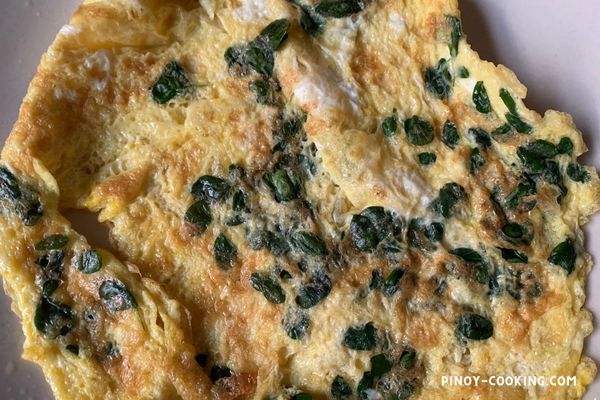You may be growing up seeing the TV commercial of Ajinomoto promoting the use of its product in a Filipino-themed Pusong Pinoy, Lutong Pinoy advertisement.
The product, locally known as vetsin, carries the chemical name monosodium glutamate or MSG, and is used to enhance food flavor. It is often applied on soups, processed meats and canned vegetables. But in exchange of the so-called tasty food, there are persistent anecdotal information about the adverse reactions to foods that contain MSG. These include headache, sweating, migraine, chest pain, nausea and weakness, among others.
However, researchers have acknowledged that only a small percentage of people may exhibit short-term reaction to this compound which is the sodium salt of glutamic acid. In fact, MSG exists in tomatoes and cheese, according to the US Food & Drug, adding that addition of this food additive to daily cooking is “generally recognized as safe.”
While MSG bears the brunt of the blame, other seemingly innocent labels are also other names associated with it. Look at the food label’s ingredient list in case you find hydrolyzed protein, autolyzed yeast, glutamic acid and yeast extract. If so, MSG is part of them.
Despite apparent declaration that MSG is safe, it is still possible to cook tasty food without needing this ingredient, thus avoiding the potential disorders as described. So how can we avoid MSG?
1) Avoid using it as food additive.
Ditch not only Ajinomoto, but also other food enhancers that we can’t seem to cook without: chicken broth, Maggi bouillon, Magic Sarap and the like.
2) Minimize consumption of salty chips, crackers and flavored nuts.
Sounds tempting but MSG or traces of it can appear across a wider range of food we consume casually. From potato chips to corn chips and other salted snacks, MSG is also present.

3) Minimize consumption of processed foods.
Whether MSG is the issue or not, processed foods have been linked to diseases such as diabetes, celiac disease and multiple sclerosis. Knowing that MSG can also be part of the ingredient makes you even cringe upon hearing the term.
4) Patronize restaurants that promote MSG-free ingredients.
MSG is often used in restaurants to enhance taste of food and attract customers. But there are also few others that sacrifice taste by not adding flavor enhancers on their menu. This brings lasting aftertaste to health-conscious patrons.
5) Cook your own food.
With you in control of what you eat, MSG becomes easier to get rid of in your meals.
“Processed foods have often have been treated with additives – substances that add color, enhance flavor or increase shelf life, for example,” according to dietitian Kate Patton. “Additives are not necessarily bad. Most foods require them to prevent spoilage and maintain their nutritional value.”

